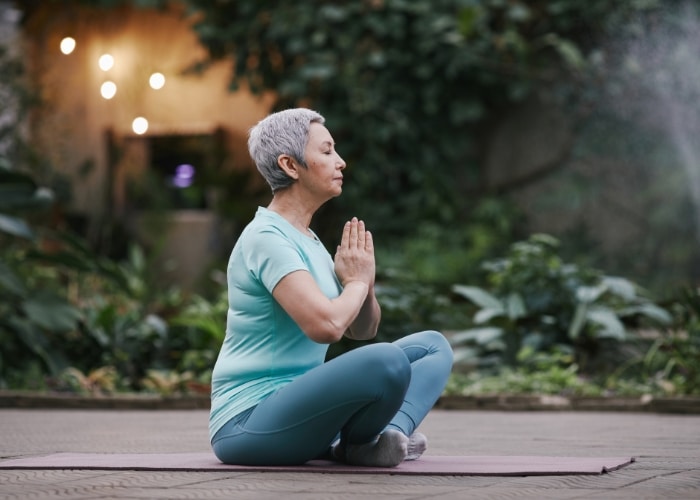
As Australia’s ageing population continues to grow, so does the urgency to reimagine our healthcare system. It is no longer enough to rely solely on reactive, disease-focused care. Instead, we must pivot towards models that prioritise prevention, personalisation, and overall wellbeing – especially for older adults striving to live longer, healthier and more meaningful lives.
More than 70 per cent of Australians aged 65 and over live with at least one chronic illness, such as cardiovascular disease, diabetes, arthritis or depression. These conditions place immense pressure on our healthcare infrastructure. While modern medicine remains vital, it often overlooks the emotional, psychological and lifestyle factors that deeply affect quality of life. This is precisely where traditional Indian sciences – ayurveda and yoga – can play a transformative role.
Ayurveda
Ayurveda is a 5,000-year-old holistic health science, focused on maintaining health through balance and prevention. It recognises everyone’s unique constitution (dosha) and recommends tailored interventions including diet, herbal remedies, seasonal routines, sleep practices, and mental health techniques such as meditation and pranayama (breath regulation). Its emphasis on gut health, emotional wellbeing and lifestyle harmony aligns strongly with today’s shift toward integrated, person-centred aged care.
Yoga and Meditation
Increasingly embraced in Australia, yoga and meditation are no longer seen as alternative; today, they are accepted as evidence-based practices with proven benefits. Studies show yoga improves flexibility, balance and cardiovascular function while reducing chronic pain, stress and anxiety. In aged care, gentle and adaptive practices such as chair yoga or restorative yoga are safe, effective and accessible. Meditation, particularly mindfulness-based approaches, offers profound benefits in managing cognitive decline, loneliness and emotional distress among older adults.
More Research
Through my own initiative, and in collaboration with the Indian High Commission in Canberra and India’s Ministry of AYUSH, an Ayurveda Chair has been established at Western Sydney University. This is a significant step toward building a robust research base to scientifically evaluate and validate Ayurveda’s integration into mainstream Australian healthcare – particularly for chronic illness management and ageing support.
This initiative aligns with the World Health Organisation’s Traditional Medicine Strategy, which calls on countries to incorporate evidence-based traditional practices into their national health systems. Recognising and regulating ayurveda and yoga within aged care and primary health frameworks offers an inclusive, multicultural response to our healthcare challenges – while providing cost-effective, preventive care solutions.
Cultural Benefits
From my professional perspective – as Risk & Audit Coordinator and Curriculum Development Manager at Health Careers International Pty Ltd (HCI Australia), Institute of Health & Nursing Australia (IHNA) – I see the need for healthcare education that evolves with global and community health needs. In parallel, I have practised ayurveda and yoga in Australia for over 20 years through Urja Ayurvedics, witnessing their powerful, life-enhancing impact, particularly when adapted for the needs of older individuals. The case for integration is not only practical – it is ethical.
As a proudly multicultural nation, Australia must create space for diverse healing systems. Increasing numbers of Australians already turn to complementary and integrative therapies. The public appetite is here; the policy and professional infrastructure must catch up.
What Providers Can Do
As leaders in aged care, providers can support clinical trials of practices like ayurveda and yoga with their residents or clients. They can also partner with eastern medicine practitioners to trial integrative care protocols to assess outcomes in managing conditions like arthritis, anxiety, diabetes and cognitive decline. Based on results, they can integrate new practices into their clinical care frameworks as well as offer staff continuing development opportunities in these systems.
This is not a call to abandon biomedicine; it is a call to enhance it. By embracing time-tested, culturally resonant systems like ayurveda and yoga, we can enrich our offerings and better support the complex needs of our ageing population, including culturally appropriate care. Let us bridge east and west – not only in philosophy but in practice – for the wellbeing of all Australians as they age.
Vanita Sharma
Risk & Audit Coordinator and Curriculum Development Manager
Health Careers International Pty Ltd (HCI Australia)
Institute of Health & Nursing Australia ihna.edu.au